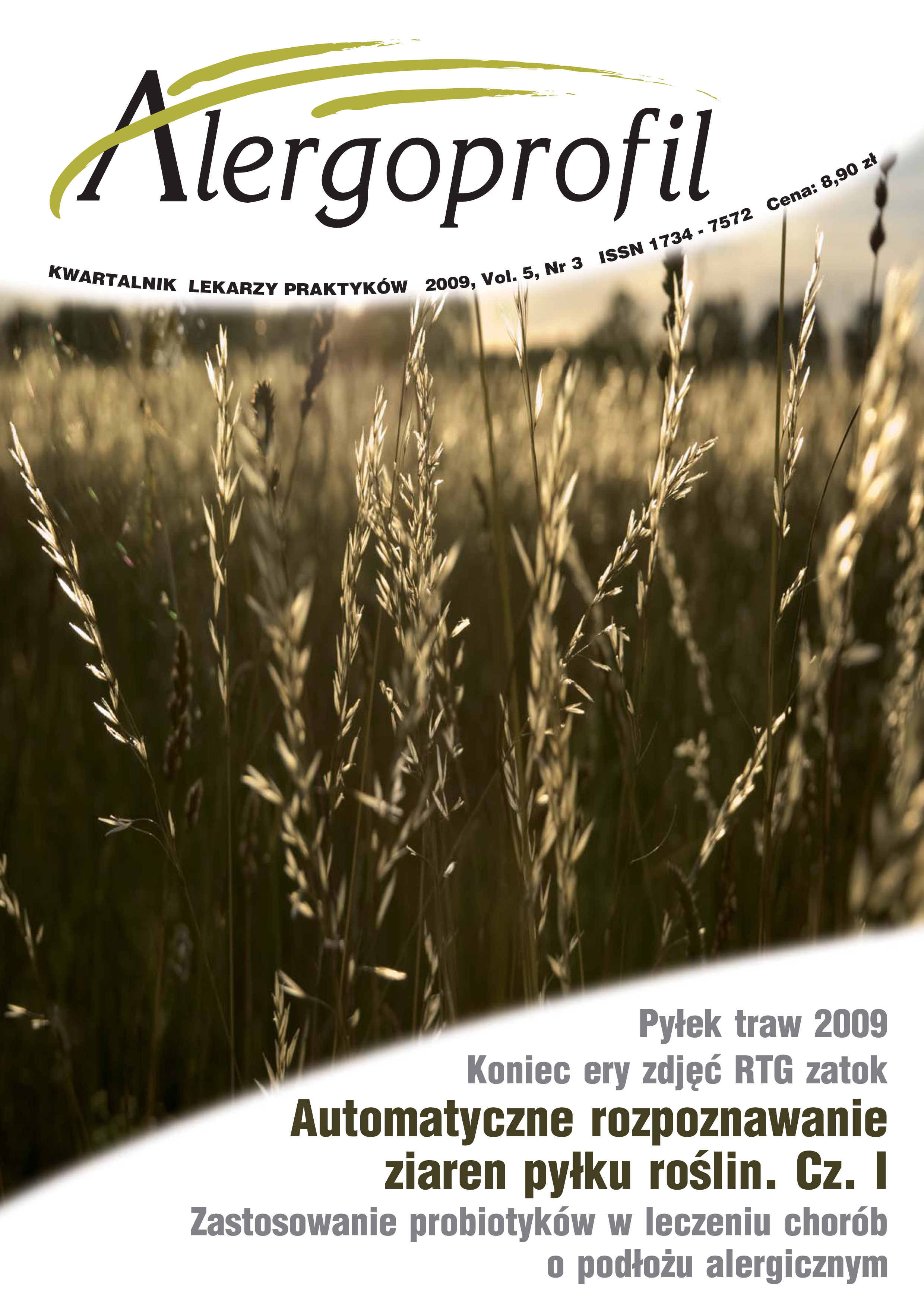Causes of formation of the intervertebral disc diseases, colloquially termed as slipped disk, in the aspects of disorders of structure and function of human collagen
Main Article Content
Abstract
Differential scanning calorimetry (DSC) has been used to estimate the effect of disc disease on the collagen helix-coil transition and morphology for tissue extracted from patients during surgical operation. Forty discs were obtained from patients with degenerative disc disease undergoing surgery for low back pain. The patients were in the age between 20 and 70 years old. The specimens were kept wet during DSC experiment. The data allow the comparison between thermal stability of collagen tissue from healthy patients and from patients suffering from disc disease. In the paper the comparison between thermal helix-coil-transition for collagen fibers from patients suffering from disc disease and collagen fibers from healthy organisms has been discussed. The heating rate has an influence on the position on denaturation temperatures of collagen in disc tissues. Higher helix-coil transition temperature of collagen in degenerated disc suggests that additional intermolecular cross-linking of collagen fibers occurs. Denaturation temperatures of collagen in degenerated male disc possess smaller values than for female ones. Disc disease induces changes in collagen structure and leads to formation of additional crosslinks between collagen fibers.
Downloads
Article Details
Copyright: © Medical Education sp. z o.o. This is an Open Access article distributed under the terms of the Attribution-NonCommercial 4.0 International (CC BY-NC 4.0). License (https://creativecommons.org/licenses/by-nc/4.0/), allowing third parties to copy and redistribute the material in any medium or format and to remix, transform, and build upon the material, provided the original work is properly cited and states its license.
Address reprint requests to: Medical Education, Marcin Kuźma (marcin.kuzma@mededu.pl)
References
2. Fraser R.D.B., MacRea T.P., Suzuki E.: Chain conformation in the collagen molecule. J. Mol. Biol. 1979, 129: 463-481.
3. Bella J., Eaton M., Brodsky B., Berman H.M.: Crystal and molecular structure of collagen-like peptide at 1.9 A-resolution. Science 1994, 266: 75-81.
4. Privalov P.L.: Stability of proteins which do not present a single co-operative system. Advan. Protein Chem. 1982, 25: 1-104.
5. Burjanadze T.V.: Thermodynamic substantiation of waterbridged collagen structure. Biopolymers 1992, 32: 941-949.
6. Flory P.J., Garrett R.R.: Phase transition in collagen and gelatin systems. J. Am. Chem. Soc. 1958, 80: 4836-4845.
7. Bigi A., Cojazzi G., Roveri N., Koch M.H.J.: Differential scanning calorimetry and X-ray diffraction study of tendon collagen thermal denaturation. Int. J. Biol. Macromol. 1987, 9: 363-367.
8. Luescher M., Ruegg M., Scjindler P.: Efect of hydration on thermal stability of tropocollagen and its fect of hydration on thermal stability of tropocollagen and its dependence on the presents of neutral salts. Biopolymers 1974, 13: 2489-2503.
9. Sionkowska A., Kamińska A.: Thermal helix-coil transition in UV irradiated collagen from rat tail tendon. Int. J. Biol. Macromol. 1999, 24: 337-340.
10. Usha R., Ramasami T.: The effects of urea and n-propanol on collagen denaturation: using DSC, circular dichroism and viscosity. Termochimica Acta 2004, 409: 2001-2006.
11. Doman I., Illes T.: Thermal analysis of the human intervertebral disc. Journal of Biochemical and Biophysical Methods 2004, 61: 207-214.

